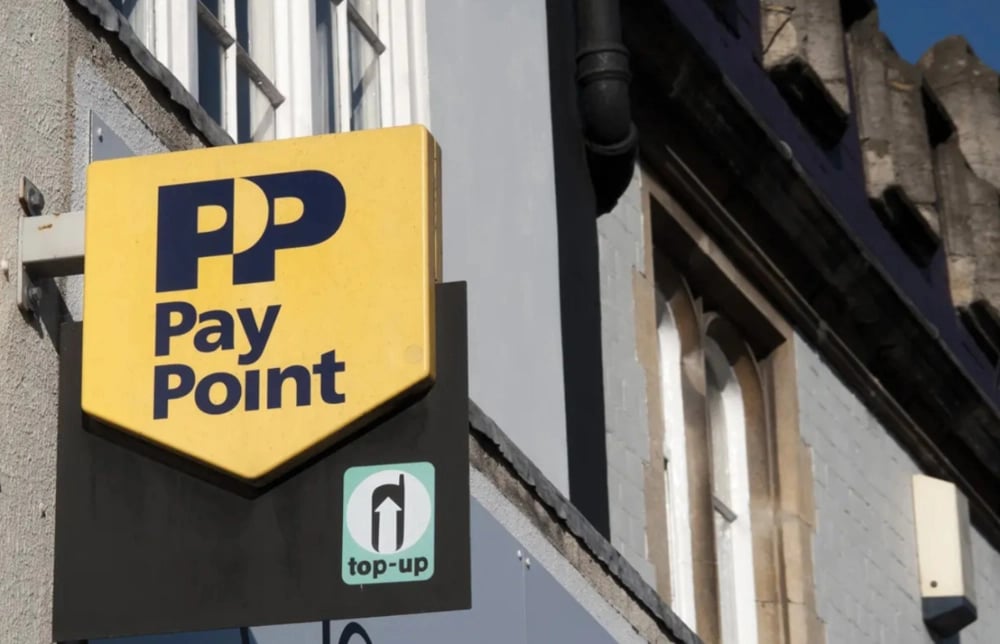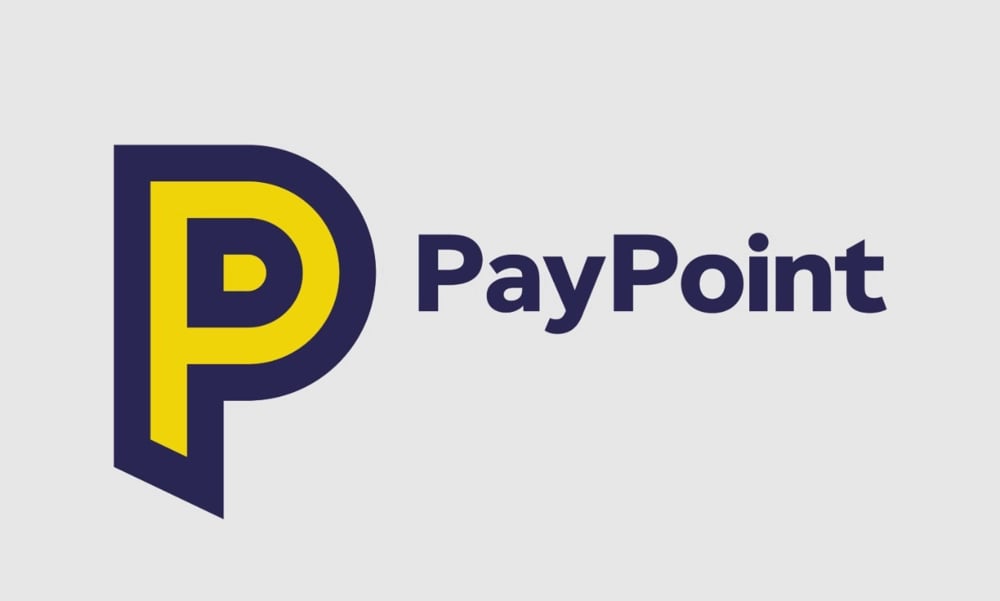PayPoint Shares Rise Despite Revenue Miss as Profitability Metrics Improve
PayPoint plc $PAY.L saw its shares gain over 3% on Thursday, following the release of fourth-quarter and full-year financial results that, while falling short of revenue expectations, met profitability forecasts. The market reaction suggests investor focus is shifting toward operational efficiency and strategic growth areas such as e-commerce.
Revenue Lags Expectations, But Margins Strengthen
For the fourth quarter ended March, net revenue rose 2% year-over-year to £50 million, underperforming consensus estimates by approximately 6%. On a full-year basis, net revenue reached £188 million, also slightly below analyst projections by around 2%. Despite the top-line underperformance, underlying profitability remained solid. Second-half adjusted EBITDA rose 5% to £52 million, with the EBITDA margin standing at a strong 51%, highlighting robust cost control and improved operational leverage.

Full-Year Profitability Metrics Show Positive Momentum
PayPoint's underlying profit before tax (excluding adjustments) increased to £14.6 million, marking a 30.4% year-over-year gain. This improvement reflects a favorable revenue mix, disciplined expense management, and continued scaling of its digital payments infrastructure. Diluted EPS for H2 came in at 42 pence, up 3% compared to the same period last year. The result aligns with market expectations and reflects ongoing stability in earnings delivery despite macroeconomic uncertainties and revenue headwinds.
E-Commerce Expansion Offsets Core Revenue Weakness
The company’s e-commerce segment emerged as a critical growth driver. Revenue from e-commerce surged 20% year-over-year in Q4, supported by a 33% increase in transaction volumes, which climbed to 133.4 million during the period.
This performance was underpinned by strengthened strategic relationships with logistics providers such as InPost $INPST.AS and Royal Mail $RMG.L, enabling PayPoint to deepen its integration into last-mile delivery and returns infrastructure.

Contributing Factors to Operational Resilience
Several elements helped offset the revenue shortfall and bolstered investor confidence:
Expansion in digital and parcel transaction volumes;
High-margin service growth in e-commerce and retail payments;
Efficiency gains from platform integration and automation;
Stable base of recurring revenue from long-term contracts;
Strategic partnerships reinforcing omnichannel capabilities.
While traditional retail services showed slower growth, these structural tailwinds in digital and logistics-linked revenue streams appear increasingly central to PayPoint’s earnings profile.
Market Reaction Signals Confidence in Strategic Direction
The share price uptick following the earnings release indicates market support for the company’s pivot toward more scalable, high-margin verticals. Although near-term revenue delivery remains mixed, the improving margin trajectory and growing traction in digital segments are helping offset legacy performance constraints. Going forward, investor attention is likely to focus on the company’s ability to sustain transaction-driven growth while navigating cost inflation and competitive pressures in the UK payments and logistics ecosystem.















Comments
This sale highlights the accelerating pace at which automation is being prioritized across the tech landscape
PayPoint's shift towards operational efficiency and e-commerce is clearly resonating with investors.